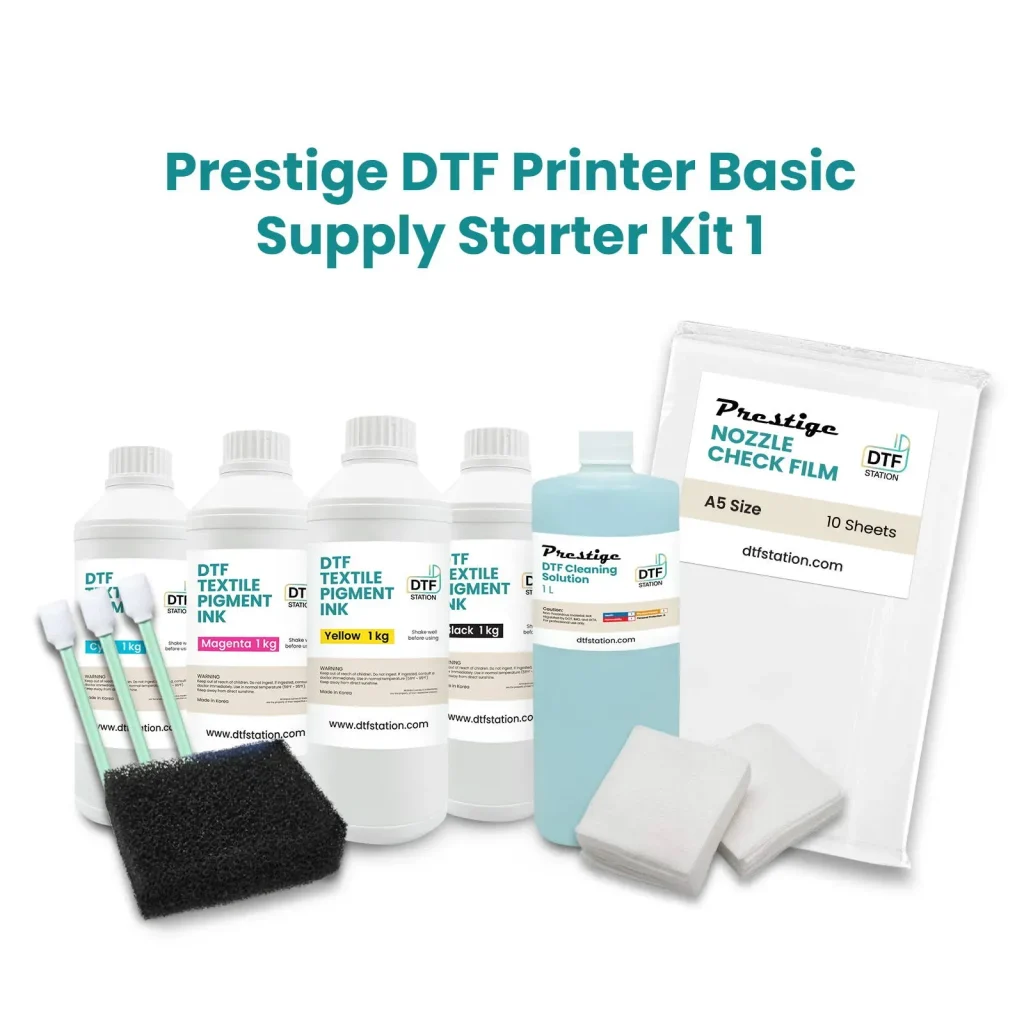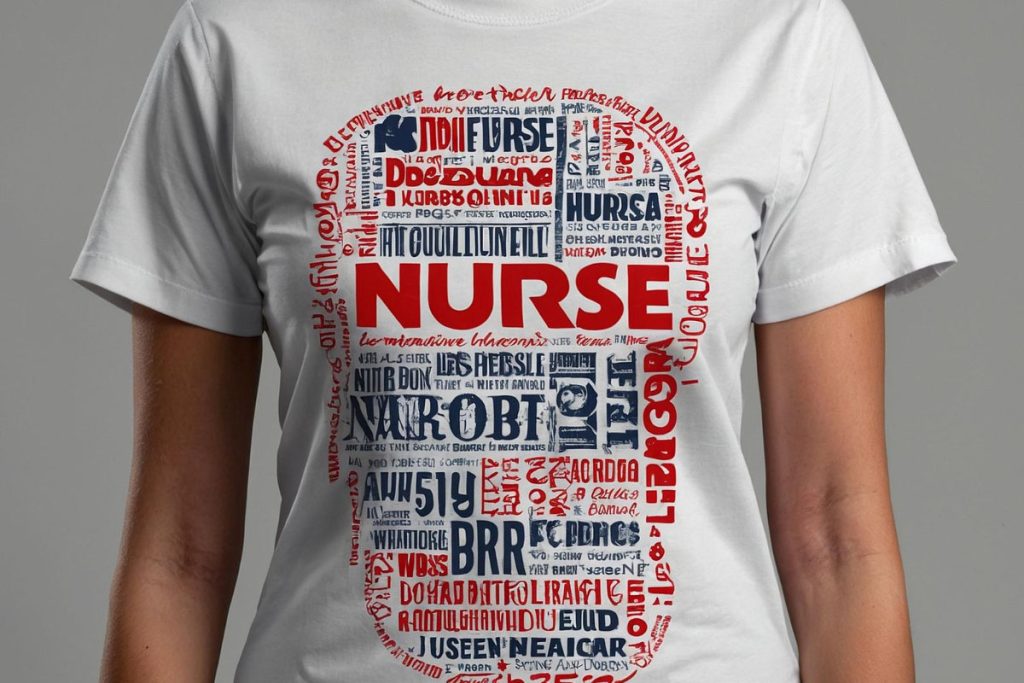In the vibrant realm of textile design, **DTF supplies** have quickly become essential tools for creative professionals seeking to expand their artistic horizons. This revolutionary approach to printing, known as Direct-to-Film (DTF) printing, empowers designers to produce intricate and colorful prints that capture the eye and imagination. Ideal for various applications, from custom apparel to promotional items, DTF supplies provide the versatility needed to tackle any project with confidence. Understanding the nuances of DTF design techniques and the best practices for using these supplies can drastically enhance the quality and durability of the prints. This article will delve into invaluable tips for DTF printing that can help designers make the most out of their creative endeavors.
Exploring the world of Direct-to-Film printing unveils a new avenue for innovation in design, often referred to as DTF technology. This method involves transferring graphics onto a specialized film and applying them to fabrics, resulting in extraordinary prints that are both detailed and vibrant. Whether you’re in the business of fashion design or creating custom merchandise, having access to quality DTF materials is paramount to your success. Understanding the essential strategies and tricks for effective DTF application will empower designers to embrace this technique fully. In this guide, we will uncover practical advice that leverages the advantages of DTF supplies, ensuring your artistic vision translates seamlessly to fabric.
What Sets DTF Supplies Apart from Other Printing Methods?
DTF printing has rapidly emerged as a preferred choice among designers, but what exactly differentiates it from other printing techniques like screen printing? One of the standout features of DTF is the ability to achieve stunning color vibrancy without sacrificing detail. This method employs a unique film that captures intricate designs, which, once transferred, appear fresh and vivid on fabric. In contrast, traditional methods can sometimes dull colors or obscure fine details, making DTF an enticing option for artists aiming for high-resolution graphics.
Another key advantage of DTF supplies is their flexibility across various materials. Unlike other printing methods that may be limited to certain fabrics, DTF excels on cotton, polyester, and even complex blends. This allows designers to explore a wider range of products, from T-shirts to custom bags, expanding their creative horizons and market possibilities. By employing DTF technology, designers can ensure that their artwork is not only displayed beautifully but also bonded securely to different materials, providing durability and longevity.
Essential Tips for DTF Printing Success
For those diving into the world of DTF printing, several tips can significantly enhance your outcomes. Firstly, always invest in high-quality DTF supplies to ensure that your prints achieve unparalleled vibrancy and durability. Brands like A3D are known for their superior DTF films and inks, which can transform your projects from ordinary to exceptional. Testing different products is crucial, as the consistency of adhesion and ink flow plays a massive role in the final print’s success.
Additionally, optimizing color profiles in your design software can prevent misrepresentation of your colors. By adjusting settings in programs like Adobe Illustrator or Photoshop for DTF-specific needs, you can maintain color integrity throughout the printing process. Taking the time to understand how your chosen software interacts with DTF materials can drastically reduce errors, leading to consistently stunning results.
Navigating Fabric Selection for DTF Designs
When working with DTF printing, the choice of fabric can vastly alter the visual outcome of your designs. Lighter fabrics typically showcase colors more effectively than darker materials, making them a go-to option for detail-rich artworks. For optimal results, designers should thoroughly consider the texture and weight of the fabric, as these elements can enhance or detract from the final appearance of the print. Experimenting with diverse fabrics can also yield exciting and unexpected results.
Moreover, knowing how various textiles react to heat settings used in DTF printing is essential. Each material has its threshold for heat exposure, which can impact the durability of the print. Therefore, it’s advisable to perform tests on fabric swatches to determine the best temperature and pressure combinations to achieve flawless adhesion without damaging the fabric. Understanding these nuances will allow designers to elevate their DTF projects further.
Optimizing Temperature and Pressure Settings in DTF Printing
Getting the temperature and pressure settings right is a critical factor in achieving quality DTF prints. Each printer may have unique requirements, meaning there is no one-size-fits-all approach. Commonly, settings around 315°F to 330°F and a pressure of 50-60 psi yield optimal results. Failing to adjust these variables could lead to issues such as peeling prints or poor adhesion, which can be frustrating for designers. Thus, it’s best to implement a testing protocol to identify the ideal conditions for your specific equipment.
In addition to temperature and pressure, the type of DTF film you use can also affect how these settings play out. For instance, thinner films might require lower temperatures compared to thicker films. Documenting your findings during trial and error sessions is beneficial, as it will establish a reference for future projects, helping you to replicate success each time you print.
Troubleshooting Common DTF Printing Challenges
Even the most experienced designers encounter challenges when using DTF printing. Issues such as peeling or fading can arise if proper handling techniques are not followed. After printing, it’s critical to allow the design to cool fully before peeling away the film. This cooling period allows the adhesive to bond effectively to the fabric, which is key in preventing peeling during subsequent washes.
Additional troubleshooting techniques include ensuring that the transfer time is adequate. If you rush through this process, you may find that your prints do not adhere properly. Regular maintenance of your printing tools and keeping up with the latest DTF printing techniques can help dodge these common pitfalls and extend the longevity of your prints.
Exploring Innovations in DTF Supplies and Techniques
As the landscape of DTF printing continues to evolve, designers should strive to stay informed about the latest innovations. New materials, tools, and techniques are frequently introduced, enhancing the potential of DTF projects. By engaging with online communities, reading industry blogs, and attending webinars, designers can gain insights and share experiences that can enrich their understanding and application of DTF technologies.
In particular, keeping an eye on advancements in DTF supplies, such as improved inks and more efficient transfer films, can lead to significant enhancements in print quality. These innovations often focus on improving color vibrancy, durability, and ease of use, catering directly to the needs of today’s designers. Harnessing these developments not only streamlines your process but also opens new avenues for creativity in your projects.
Frequently Asked Questions
What are DTF supplies and how do they relate to DTF printing?
DTF supplies refer to the materials and tools needed for Direct-to-Film (DTF) printing, a method where designs are printed on a special film and then transferred onto various fabrics. Essential DTF supplies include DTF films, inks, adhesive powders, and heat presses, all of which contribute to achieving high-quality and durable prints.
How can I select the best DTF supplies for my design projects?
To select the best DTF supplies for your projects, focus on high-quality DTF films and inks from reputable brands such as A3D and Printrbot. Ensure that the products are compatible with your printer and suitable for the type of fabric you will be using. Testing different inks and films can help you identify which supplies yield the best results for your designs.
What are some tips for achieving vibrant prints using DTF supplies?
To achieve vibrant prints with DTF supplies, always optimize your color profiles in design software like Adobe Illustrator or Photoshop to align with DTF specifications. Conduct thorough tests to adjust temperatures and pressure settings on your heat press, typically around 315°F to 330°F at 50-60 psi, and use high-quality inks to enhance color vibrancy and accuracy.
Can DTF printing be used on all types of fabrics?
Yes, DTF printing can be used on a wide range of fabrics, including cotton, polyester, and blends. However, lighter fabrics typically yield better results than darker ones. It’s important to choose DTF supplies and design techniques that suit the specific material to achieve the best outcome.
What common issues might I encounter when using DTF supplies and how can I troubleshoot them?
Common issues with DTF printing include peeling and fading of prints. To troubleshoot these problems, allow prints to cool completely before peeling off the film, and ensure sufficient transfer time to promote strong adhesion. Regularly check equipment to maintain performance and follow industry standards to minimize complications.
How can I stay updated on the latest DTF supplies and techniques?
To stay updated on the latest DTF supplies and techniques, engage with design communities, follow industry blogs, and participate in forums dedicated to DTF printing. Many online resources offer insights into new materials, practices, and innovations that can enhance your DTF projects and keep your skills current.
| Key Point | Details |
|---|---|
| What is DTF Printing? | A method that prints designs onto film and transfers them onto fabric using heat and pressure. |
| Benefits of DTF Supplies | High Resolution, Durability, and Compatibility with various fabrics. |
| Tips for Designers | Choose quality transfers and inks, optimize color profiles, design for fabric variety, adjust temperature and pressure, troubleshoot common issues, and stay updated with innovations. |
Summary
DTF supplies are transforming the landscape of printing by empowering designers to explore limitless creative potential. With the right techniques, such as understanding optimal settings and choosing quality materials, designers can create intricate and durable prints that showcase their unique artistic vision. By leveraging the unique benefits of DTF printing, including its high-resolution capabilities and compatibility with diverse fabrics, you can ensure that your projects not only captivate audiences but also stand the test of time. Stay informed about the latest trends and innovations in DTF technology to continuously elevate your design work.



